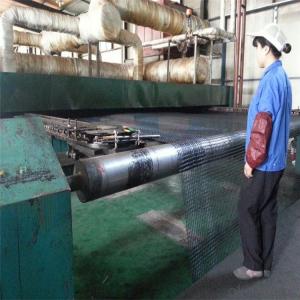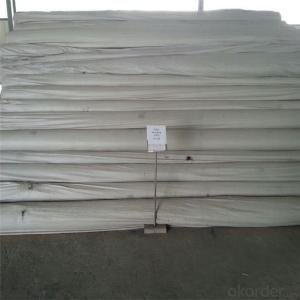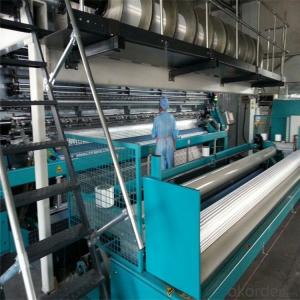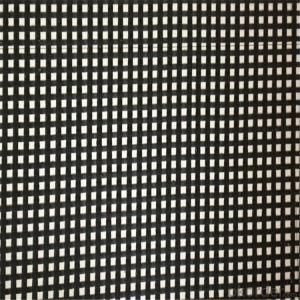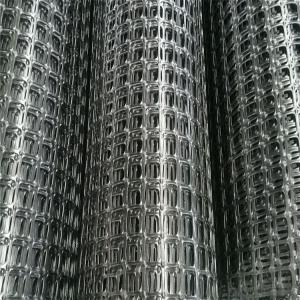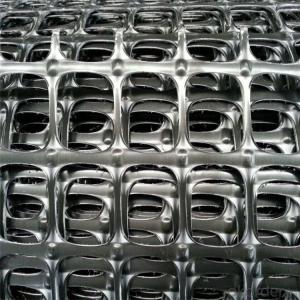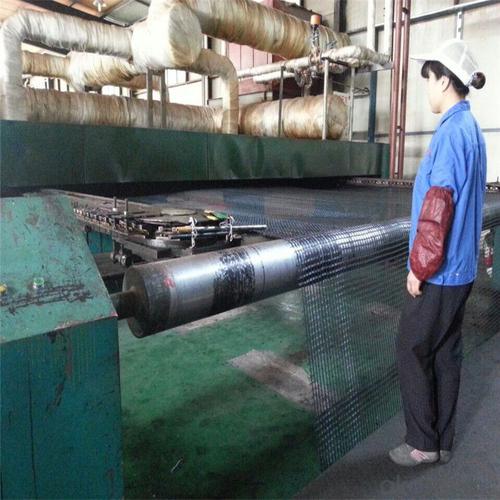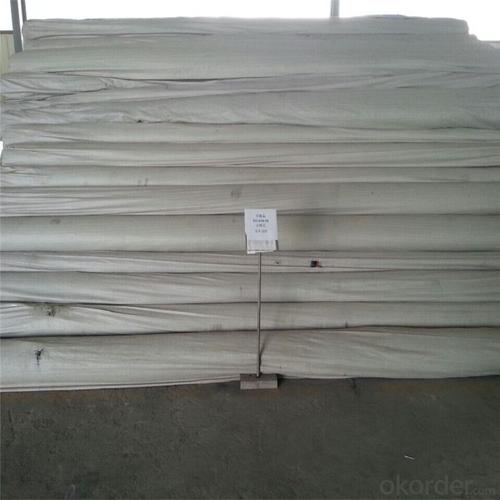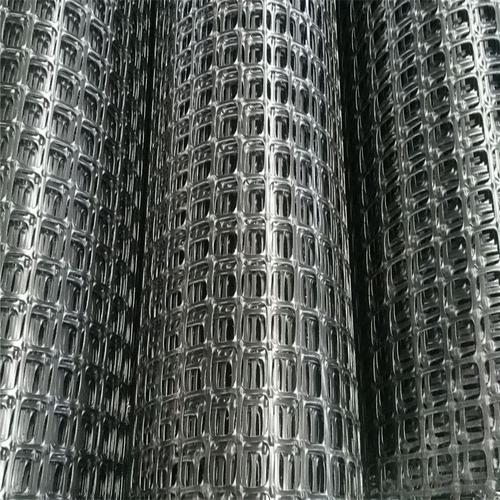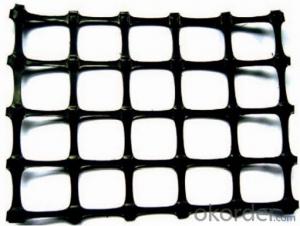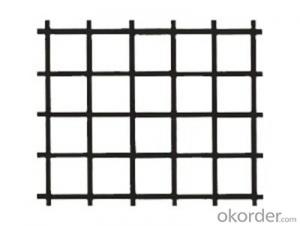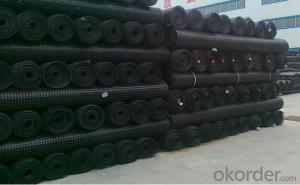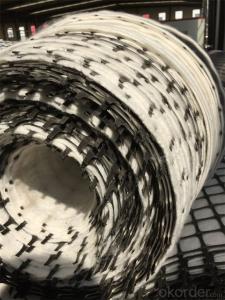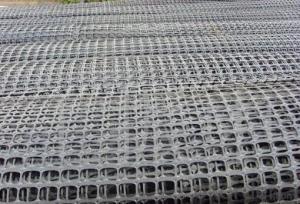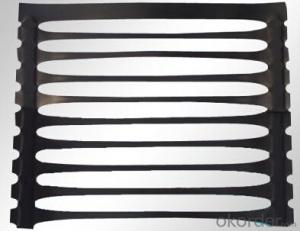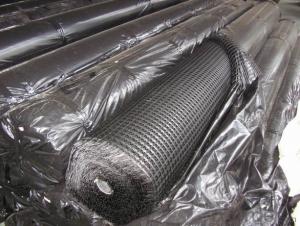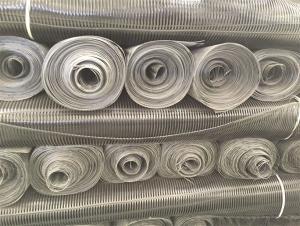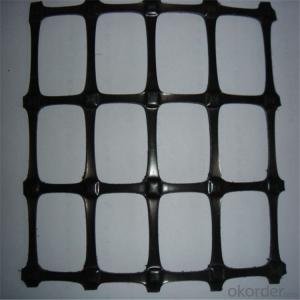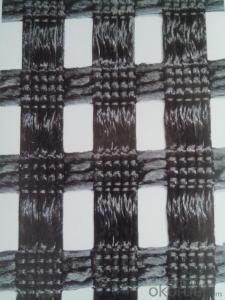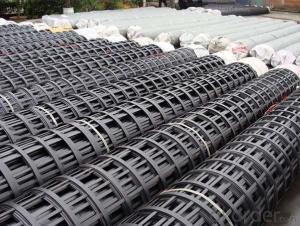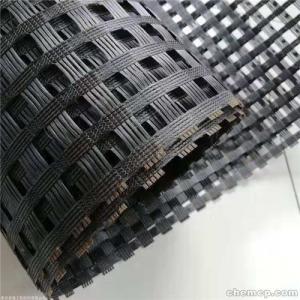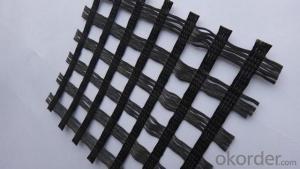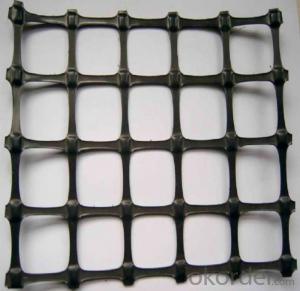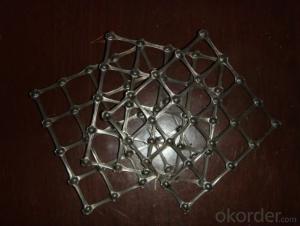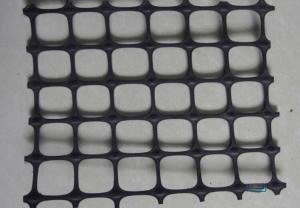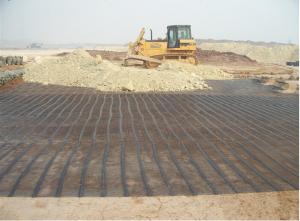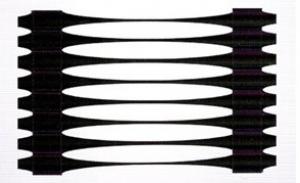High Tensile Strength Polyester Geogrids and Geomembranes
- Loading Port:
- Qingdao
- Payment Terms:
- TT OR LC
- Min Order Qty:
- 1000 m²
- Supply Capability:
- 100000 m²/month
OKorder Service Pledge
OKorder Financial Service
You Might Also Like
Product Specification---Polyester Geogrid
Introduction:
Polyester geogrid is a new kind of favorable earthwork base material to strength the road surface and roadbed, which composed of high strength polyester yarns coated with an inorganic sizing agent.
Features:
1) High tensile strength
2) High tear-resistant
3) Strong combination with gravel and soil
Specifications :
Mesh size(mm) | 25.4×25.4 Or 12.5×12.5 | |||||
Breaking strength ≥(KN/m) | Warp direction | 30 | 50 | 80 | 100 | 120 |
Across warp | 30 | 50 | 80 | 100 | 120 | |
Elongation at break ≤(%) | Warp direction | 3 | ||||
Across warp | 3 | |||||
Elasticity modulus(GPA) | 67 | |||||
Thermal tolerance | -100~280℃ | |||||
Width | 1~6m | |||||
Application:
This product is used to strengthen the soft land, such as railway, airport, irrigation work, and dyke, roadbed, and softland loading capacity strengthen.
Function:
This product is made by weaving and covering fiberglass filament. It is featured by high vertical and horizontal tensile
strength, low unit extension, high flexibility, and favorable high and low temperature resistance. The products after
surface covering own the favorable property of alkali resistance and aging resistance.
It is used widely to increase the asphalt road surface, concrete road and roadbed (both soft and hard road surfaces).
Compared with the traditional road surface, it reduces the cost, prolong the service life, and avoid the reflection road
crackle.
This product is also used to strengthen the soft land, such as railway, airport, irrigation work, and dyke, etc, and the
roadbed 。
Image of Polyester Geogrid
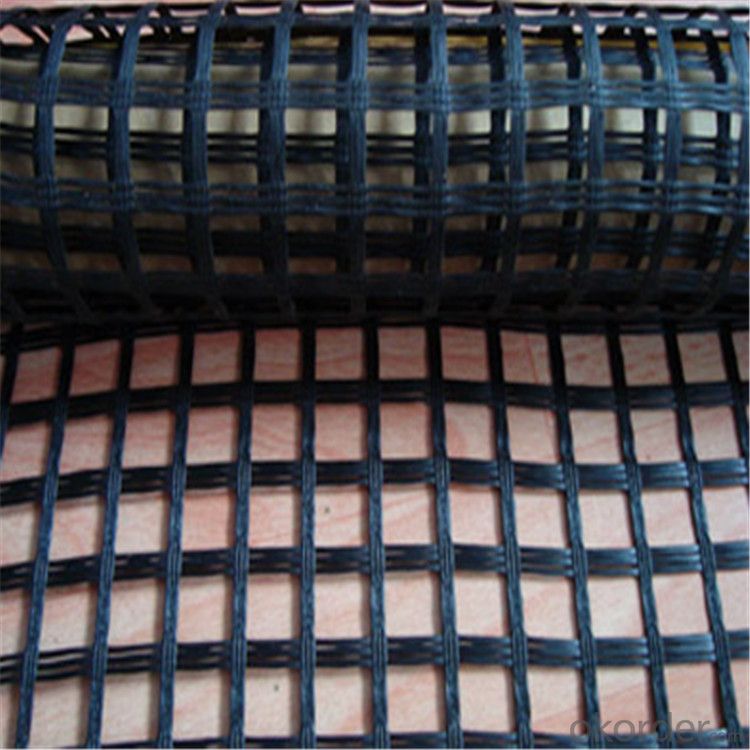
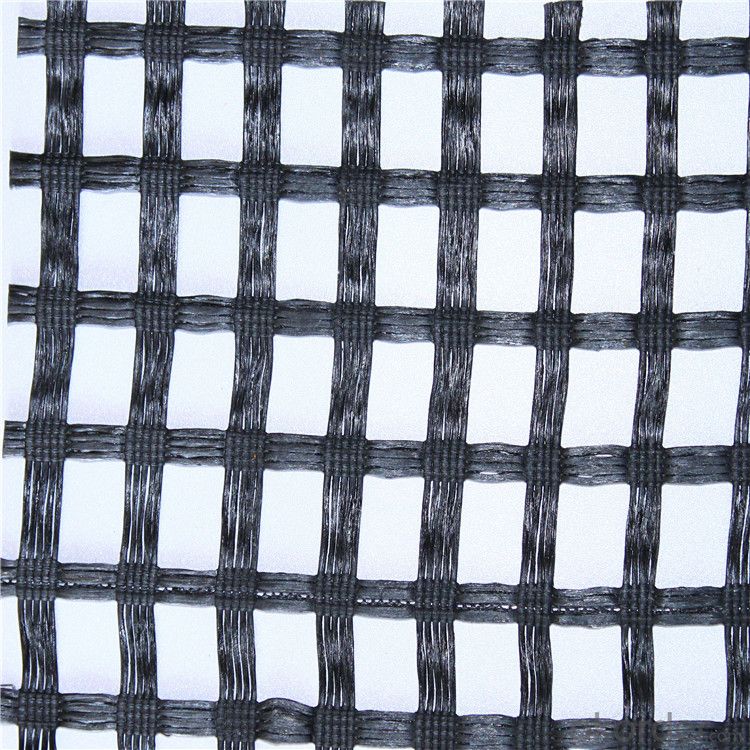
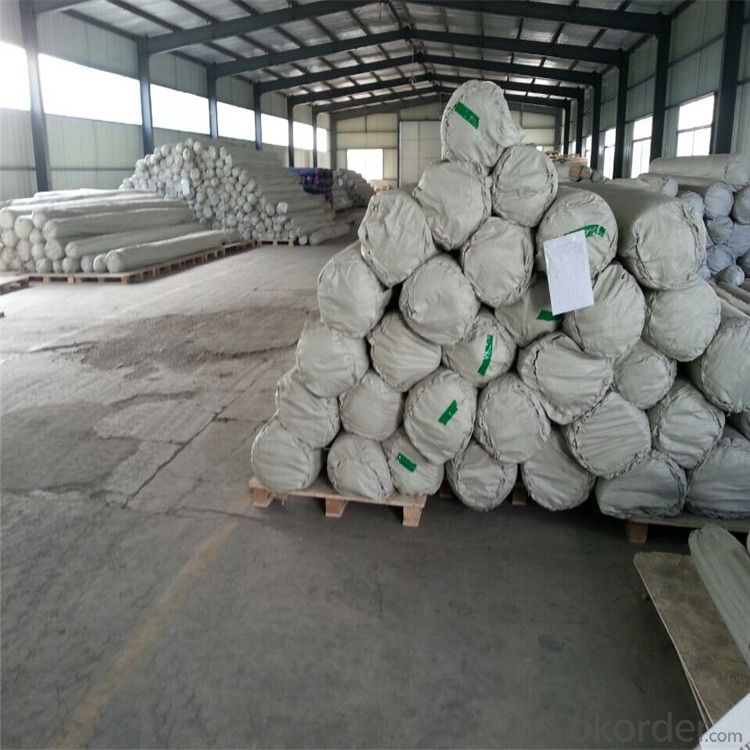
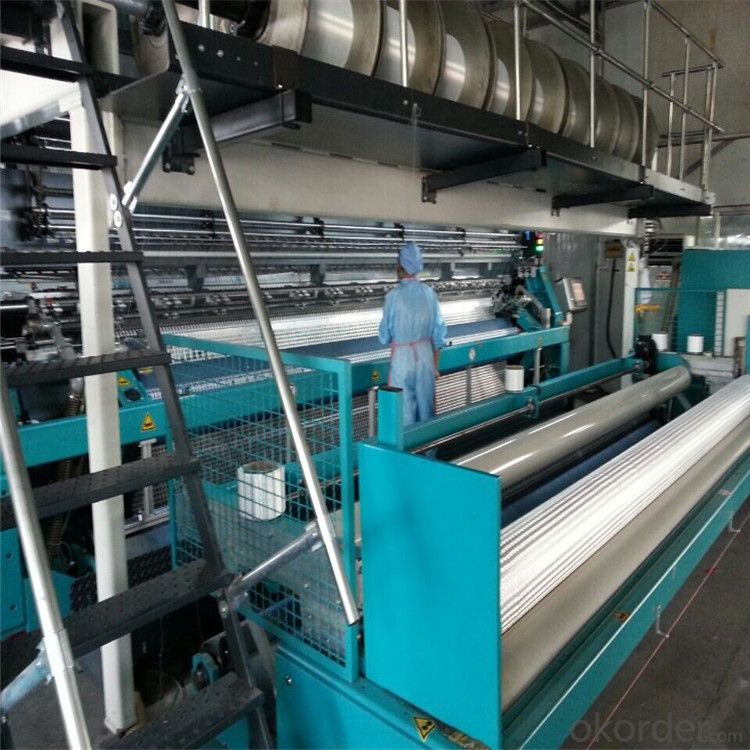
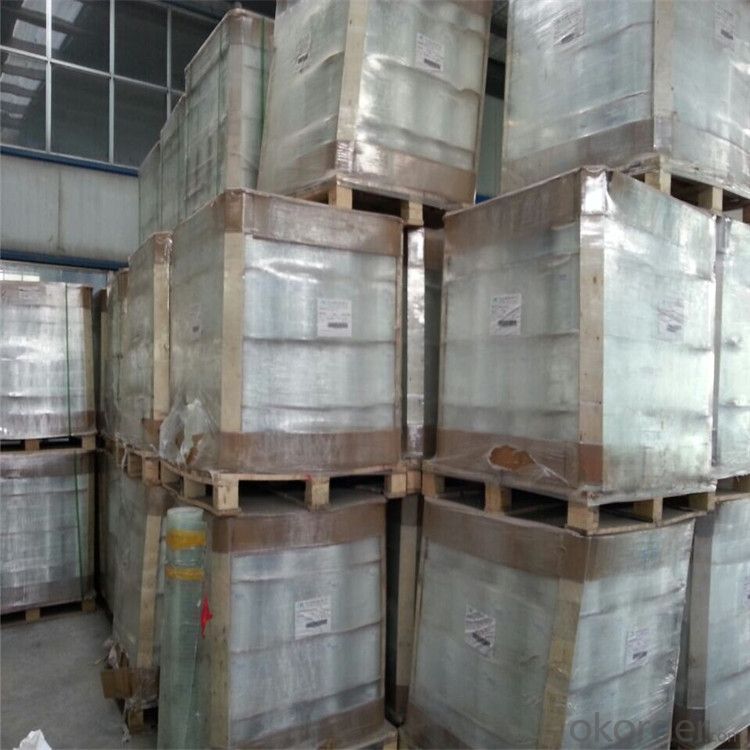
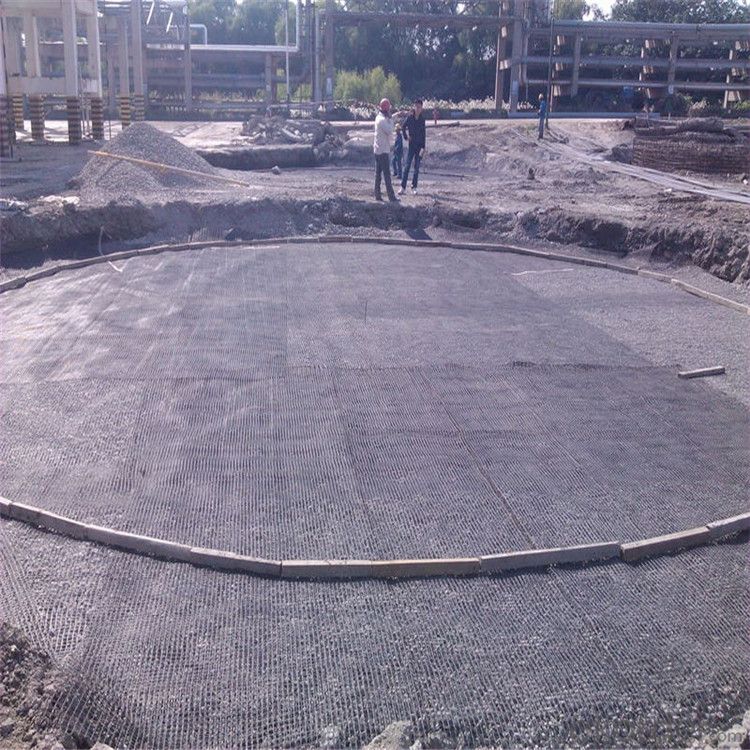
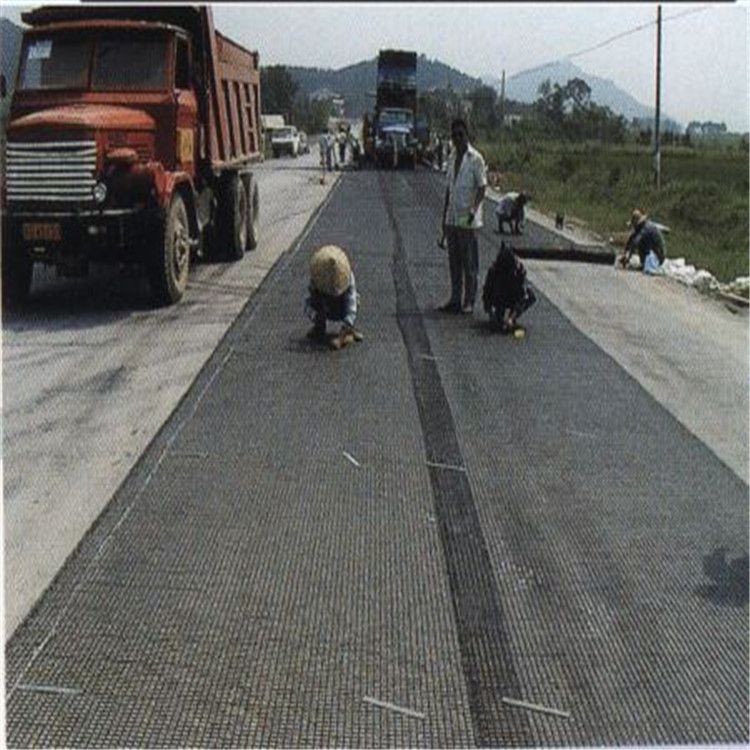
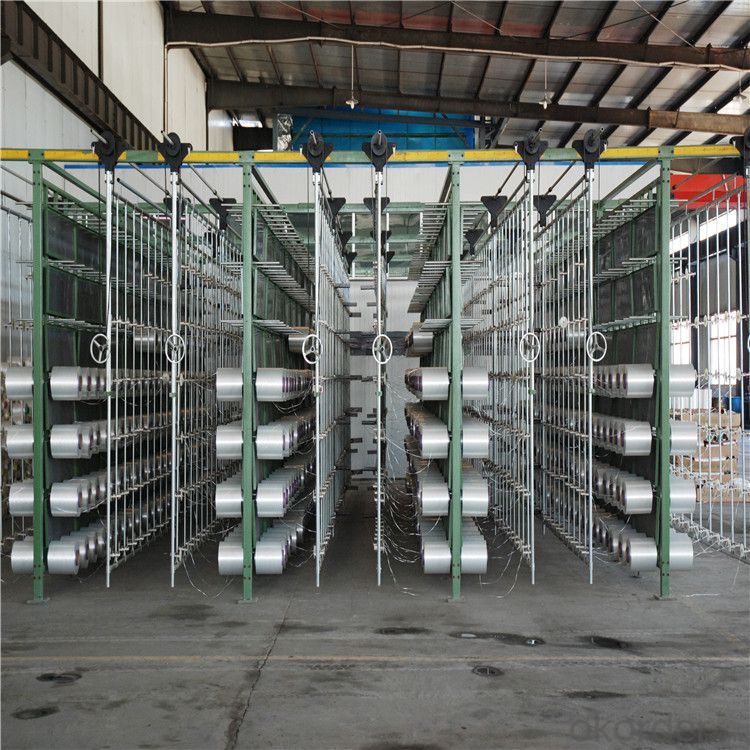
- Q: What are the factors that influence the design and selection of geogrids for reinforcement?
- The factors that influence the design and selection of geogrids for reinforcement include the type and properties of the soil, the load and traffic conditions, the desired level of reinforcement, the project lifespan, the installation and construction method, and the environmental conditions.
- Q: Are geogrids suitable for use in expansive soil conditions?
- Yes, geogrids are suitable for use in expansive soil conditions. Geogrids are geosynthetic materials that provide reinforcement and stabilization to soils. They can effectively mitigate the issues caused by expansive soils, such as soil movement, cracking, and uneven settlement. By distributing the tensile forces across a wider area, geogrids help in reducing the pressure on the soil, minimizing the potential for soil expansion. Additionally, geogrids enhance the load-bearing capacity of the soil, improving its stability and reducing the risk of structural damage.
- Q: How to restore the plastic geogrid after being destroyed?
- 3 when laying geosynthetics, the direction of high strength should be placed in the main stress direction of the embankment.4 geosynthetic materials should be paved after the design requirements of the back section, and timely coverage with sand.
- Q: How do geogrids improve the performance of geocell-reinforced embankments?
- Geogrids improve the performance of geocell-reinforced embankments by providing additional tensile strength and stability to the structure. They enhance the load-bearing capacity of the embankment, preventing lateral spreading and soil erosion. Geogrids also distribute the applied loads more evenly, reducing the stress on the geocell walls and maintaining the integrity of the structure. Overall, geogrids enhance the overall performance, longevity, and safety of geocell-reinforced embankments.
- Q: Are geogrids effective in reducing differential settlement?
- Yes, geogrids are effective in reducing differential settlement. Geogrids provide reinforcement to the soil, increasing its strength and improving load distribution. This helps to minimize differential settlement by preventing uneven settling of the ground.
- Q: Are geogrids suitable for reinforcing landfill liners?
- Yes, geogrids are suitable for reinforcing landfill liners. These high-strength materials can enhance the stability and integrity of the liner system by providing additional reinforcement and preventing soil erosion. Geogrids also improve the overall performance and longevity of landfill liners, making them a reliable choice for reinforcing purposes.
- Q: Are geogrids suitable for slope stabilization?
- Yes, geogrids are suitable for slope stabilization. Geogrids are commonly used in civil engineering projects for reinforcing slopes and retaining walls. They provide stability by distributing the load and preventing soil erosion, thus effectively stabilizing slopes and preventing landslides.
- Q: What are the maintenance requirements for geogrid-reinforced structures?
- The maintenance requirements for geogrid-reinforced structures typically involve periodic inspections to ensure the stability and integrity of the structure. This may include checking for any signs of soil erosion, settlement, or damage to the geogrid material. Regular maintenance activities may also involve removing any vegetation or debris that could potentially undermine the structure. Additionally, routine monitoring of the structure's performance and conducting necessary repairs or reinforcements as needed is essential to ensure its long-term stability and functionality.
- Q: Geogrid specification TGSG40-40 what meaning
- I would like to tell you about, TGSG40-40: biaxial tensile plastic geogrid, the vertical and horizontal strength indicators are not less than 40KN, to meet the national standards.
- Q: Can geogrids be used in erosion control applications on steep slopes?
- Yes, geogrids can be used in erosion control applications on steep slopes. Geogrids are often used to reinforce soil and prevent erosion by providing stability and support to the slope. They can effectively distribute loads and reduce the risk of slope failure, making them suitable for erosion control on steep slopes.
Send your message to us
High Tensile Strength Polyester Geogrids and Geomembranes
- Loading Port:
- Qingdao
- Payment Terms:
- TT OR LC
- Min Order Qty:
- 1000 m²
- Supply Capability:
- 100000 m²/month
OKorder Service Pledge
OKorder Financial Service
Similar products
Hot products
Hot Searches
Related keywords
